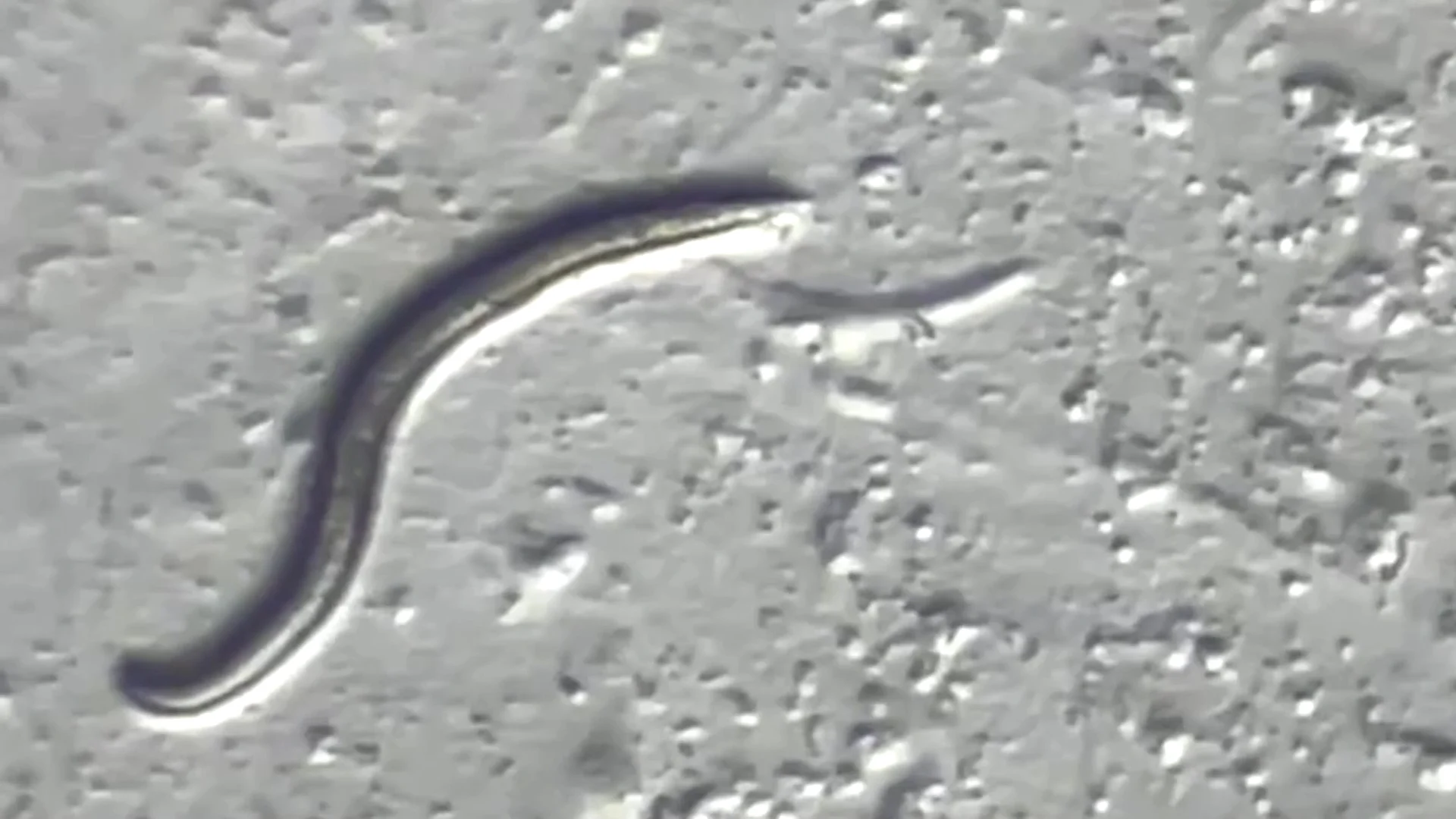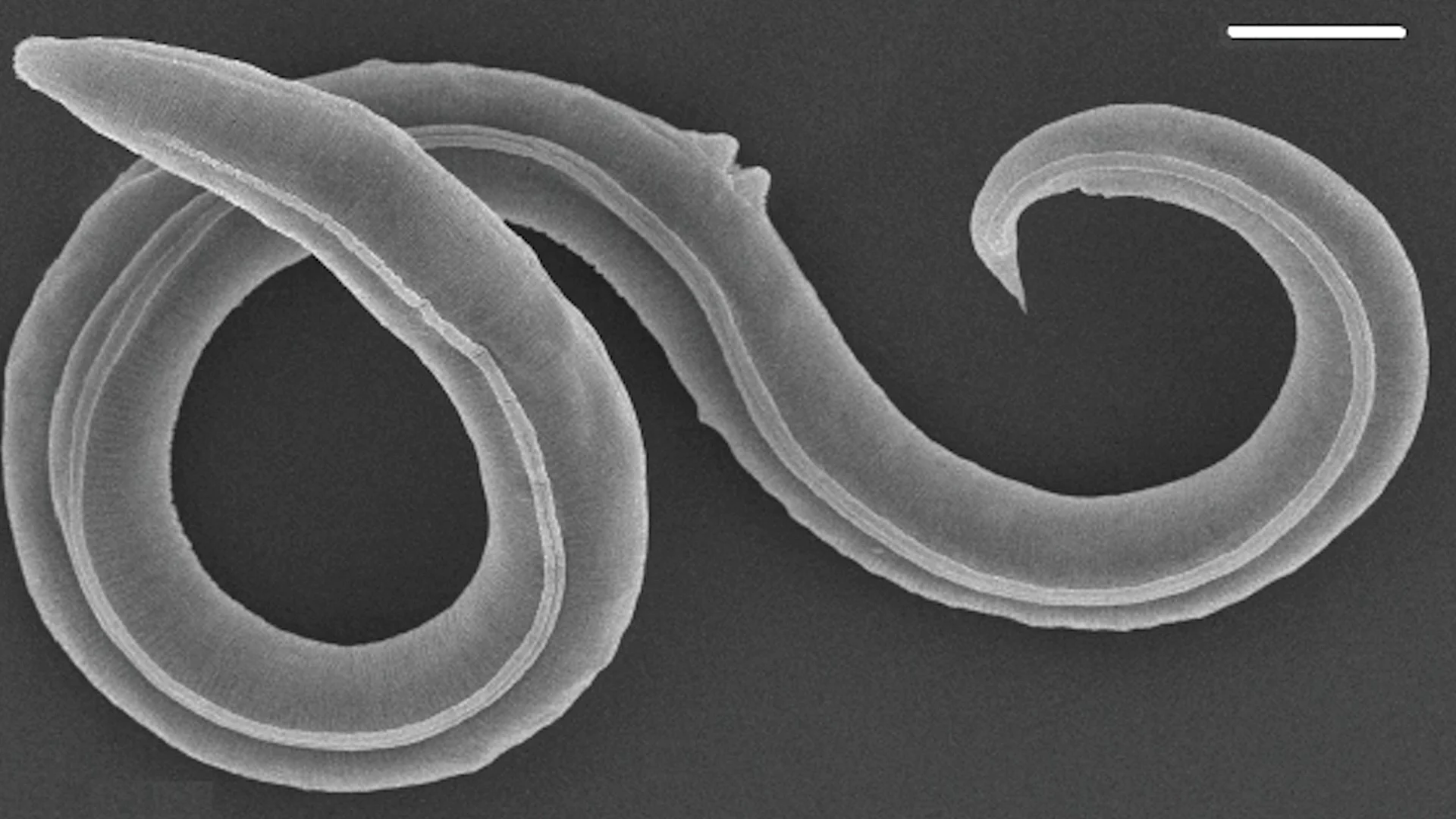
46,000-year-old worms come back to life after thawing
Genome analysis of roundworms (nematode) from the Ice Age that came back to life when defrosted have revealed it to be a new species.
Scientists from the Institute of Zoology at the University of Cologne, the Max Planck Institute of Molecular Cell Biology and Genetics (MPI-CBG) in Dresden and the Center for Systems Biology Dresden (CSBD), all in Germany, found that the 46,000 year old nematode, found in the Siberian Permafrost, belongs to a previously undescribed species, Panagrolaimus kolymaensis. The study is published in the journal PLOS Genetics.
In 2018, Russian researchers revived the two frozen individual nematodes from a fossilized burrow in silt deposits in the Siberian permafrost. Radiocarbon dating revealed that these nematodes had been in cryptobiosis since about 46,000 years ago during the late Pleistocene.
"It's kind of a super fascinating finally to suddenly see life, living animals crawling out of a piece of soil that has been deep frozen for 46,000 years," said Dr. Philipp Schiffer from the University of Cologne, speaking to Reuters from a field station some 100km north of Broken Hill, in the Australian outback where he is currently searching for other species of nematodes.

Still from file footage of permafrost. (Reuters)
Schiffer and colleagues were asked to study the newly thawed nematodes to determine the species and analyze its genome. He and his team were able to define the roundworm as a novel species.
And it seems to have developed a 'molecular toolkit' for survival, added Schiffer.
The researchers found that mild dehydration prior to freezing enhanced its preparation for cryptobiosis and increased survival at -80 degrees Celsius. And like other species of nematode, it produced the sugar trehalose at a biochemical level when mildly dehydrated in the lab, potentially enabling them to withstand freezing and intense dehydration.
"They built these sugar, trehalose, which somehow helps them protect their DNA and proteins while they are in this resting stage," Schiffer said.
Studying these creatures, he added, could one day inform conservation efforts as the earth's climate changes.

High resolution images of nematode. (still via Reuters)
"We can learn things that could inform us to maybe save endangered species and think about protection measures and all these things."
However, Schiffer did not see any immediate danger that defrosted ancient organisms could harbour dangerous pathogens.
"It's something that's possible. And with COVID, we all saw what can happen very suddenly. But I wouldn't say there's like an imminent danger of these forms bring some bacteria that suddenly start killing humans," he said.
Production: Matt Stock
Thumbnail image: Still from microscope footage of newly identified nematode species. (Reuters / University of Cologne)











